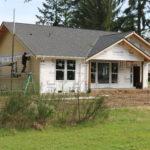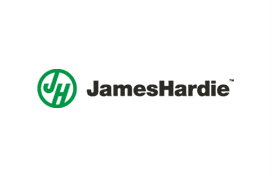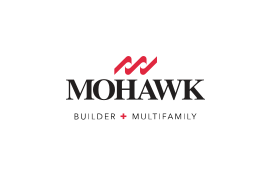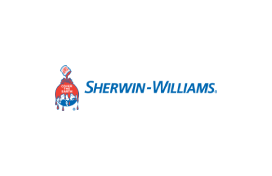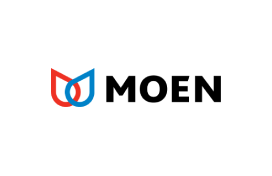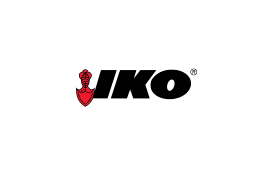There are common misconceptions about profit margins.
A profit “margin” is the gross profit (not net profit) of the entire sale as represented as a percentage. A mark-up is only a fractional percentage of the cost, then added to the cost. A mark-up will always fall short of a margin. Mark-ups don’t tell you what you are actually earning as a profit. This is a common misunderstanding of business owners when pricing their products and can lead them to be unprofitable or to go out of business completely, especially if they build new homes based on a small profit “Margin” like Diggs. Industrywide new home builders can make between 20-35% profit. Actual net profit can vary based on the region, competition, overhead and other factors. According to NAHB the national average for “Net” profit not gross) is 7.6% http://eyeonhousing.org/2019/03/builders-profit-margins-continue-to-slowly-increase/. Diggs enjoys low overhead and passes these savings onto you the home buyer.
As an example:
If you paid for a $100 item and you say you want to make a 20% profit.
What many people do is take 20% of $100 which is $20.
They then add that to the price which is now $120.
They sell the item and say they made a 20% profit.
This is a common error.
If you take the $120 sales price and times that by 20% you get $24 which means for you to make 20% you would have to buy that $100 item for $96 or in other words you LOST $4.
This simple math is a fatal error of many businesses. Low-profit margins are the leading cause of home builder failure.
Here is how it works.
- Author Details






